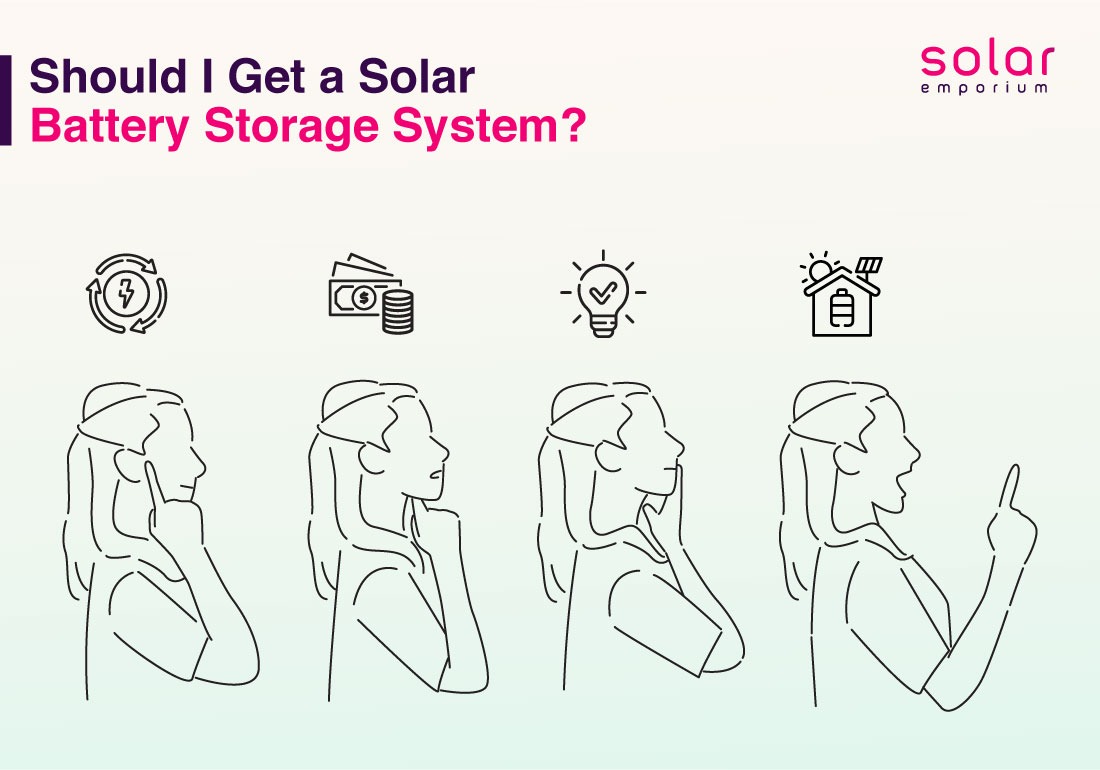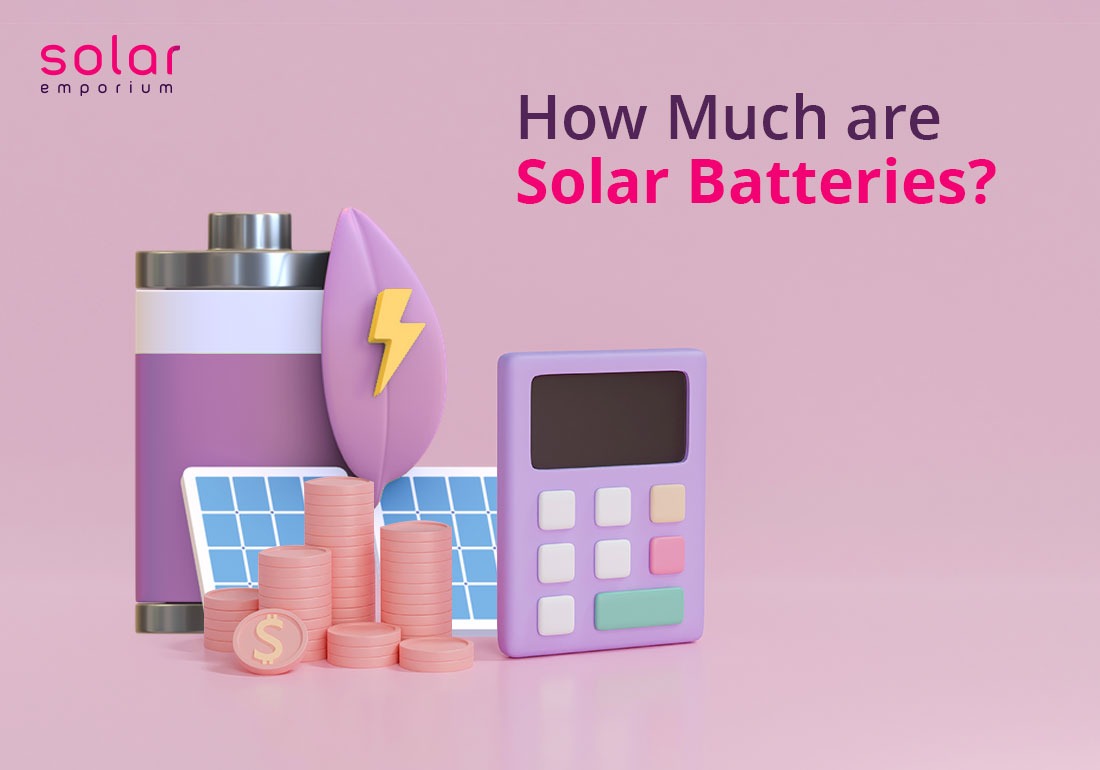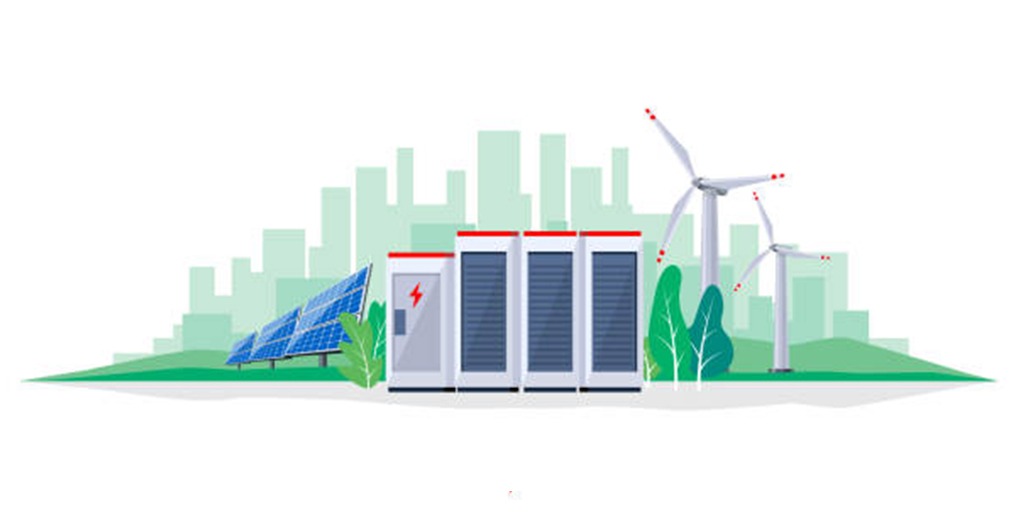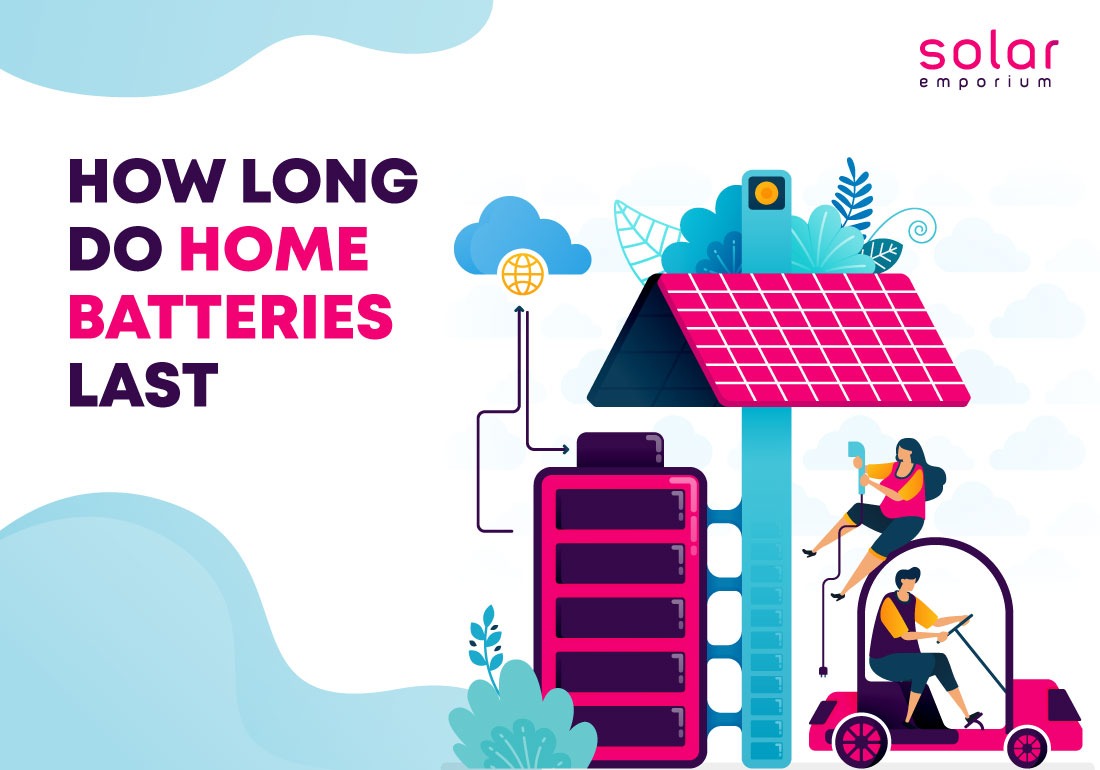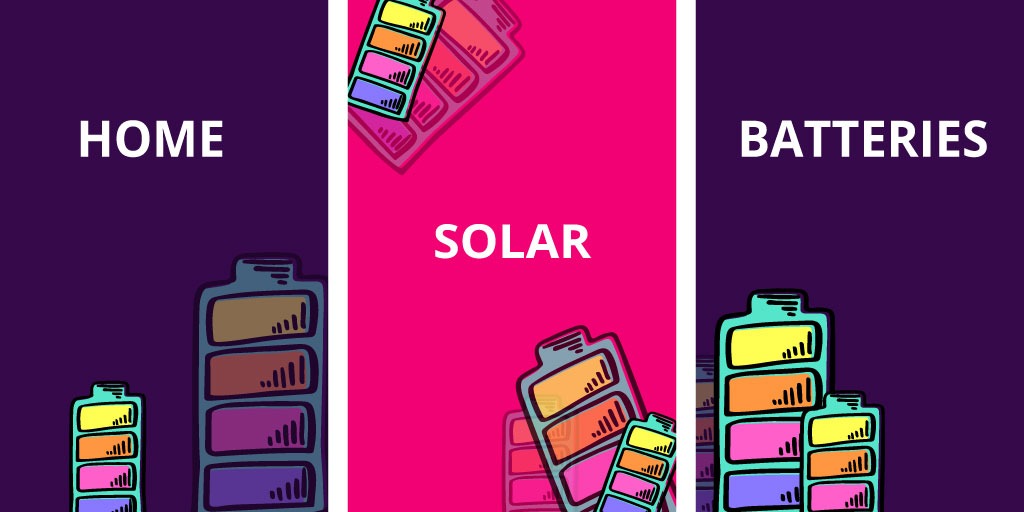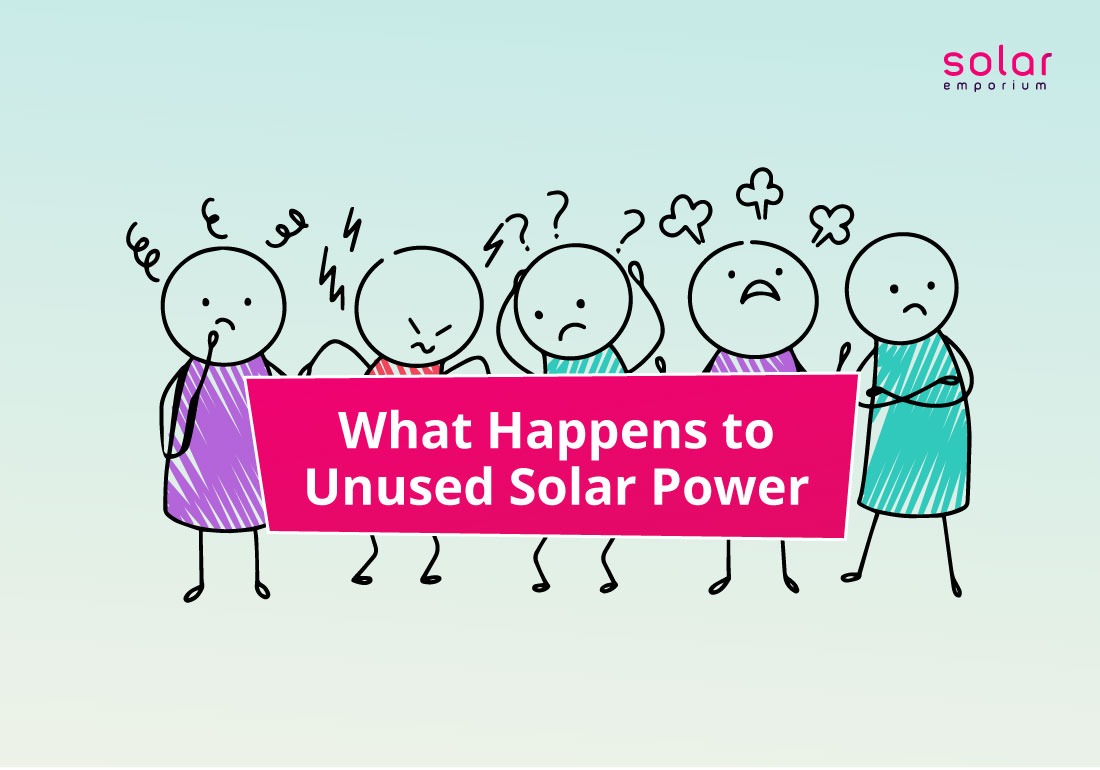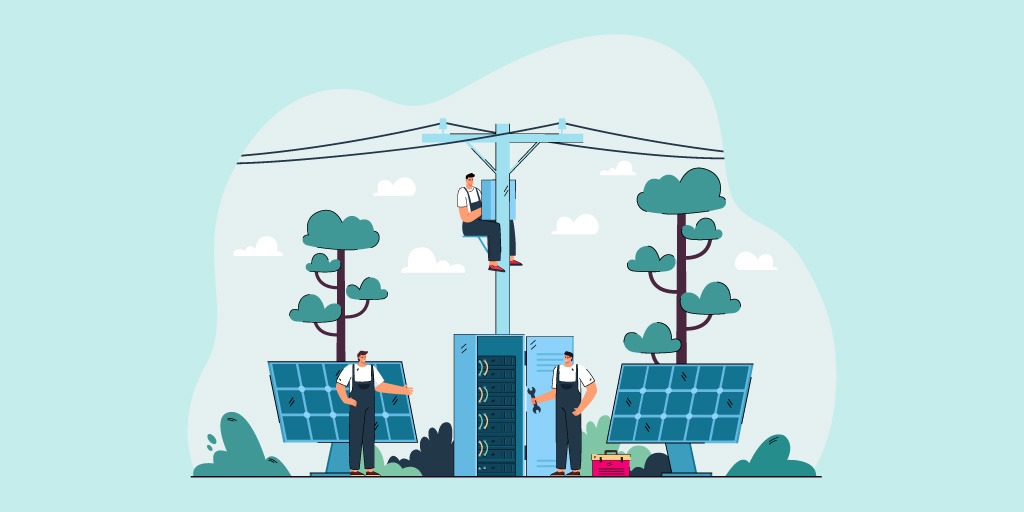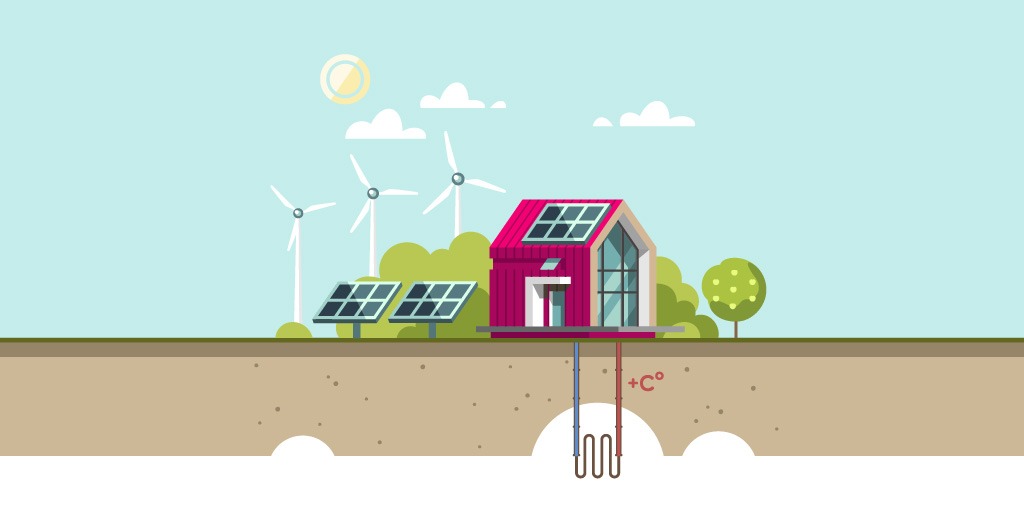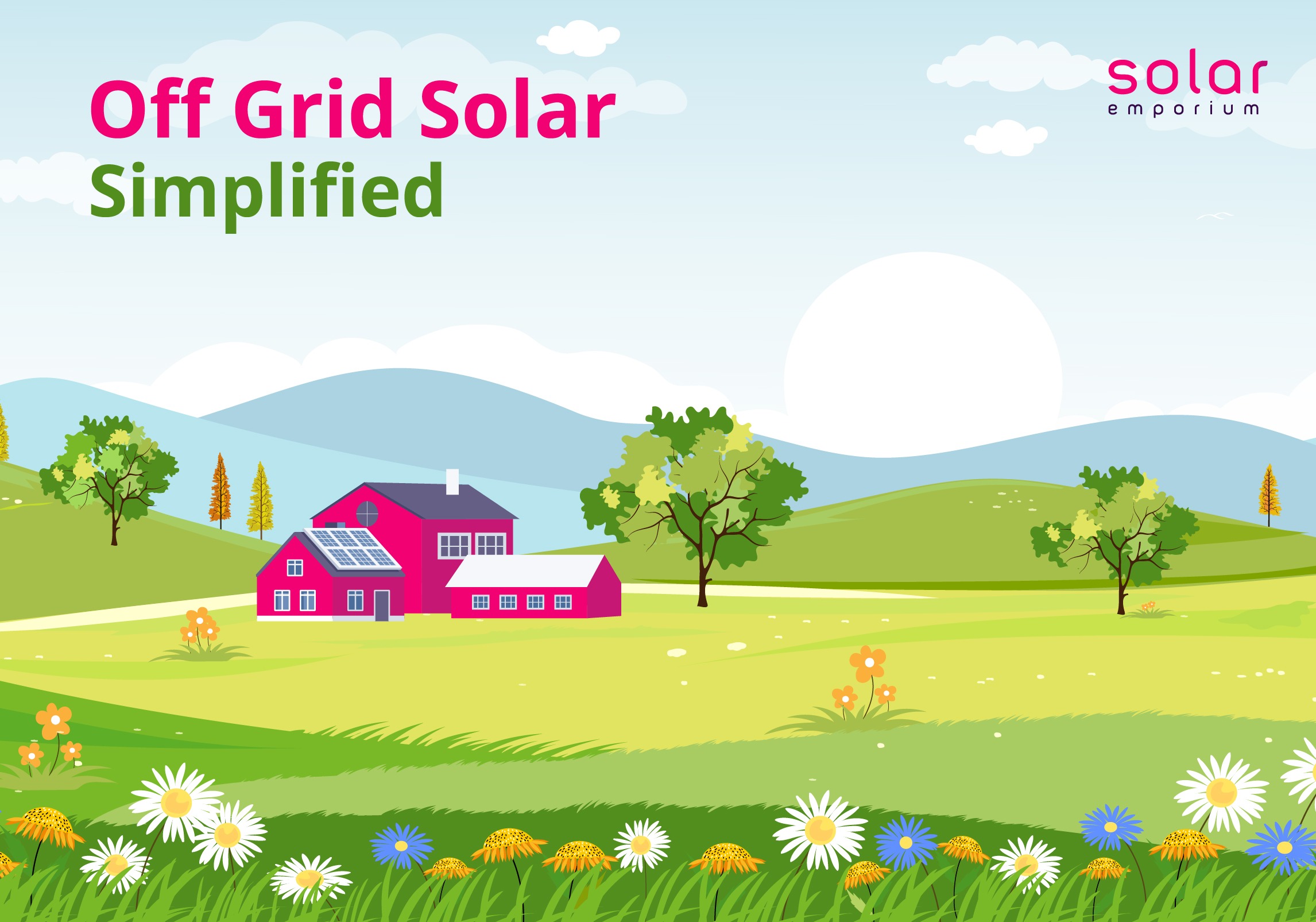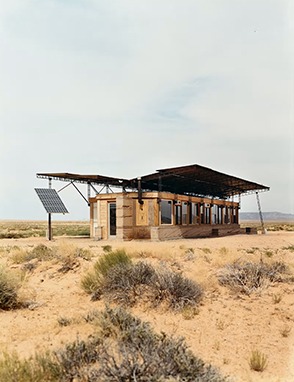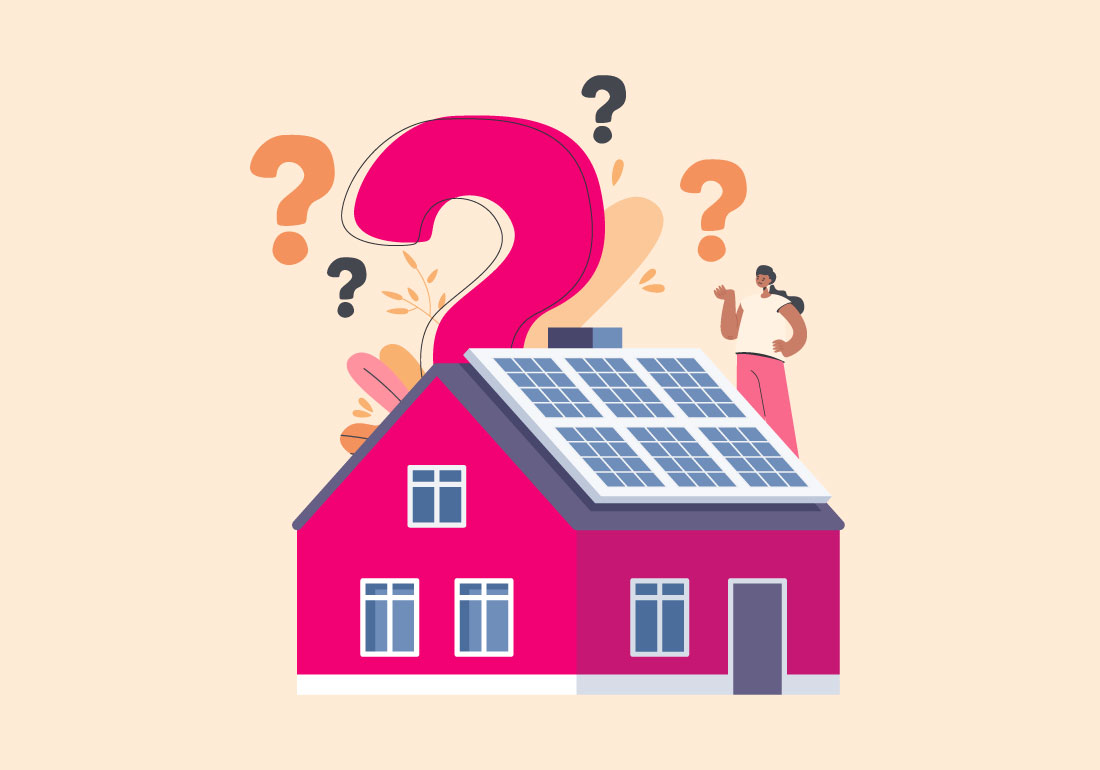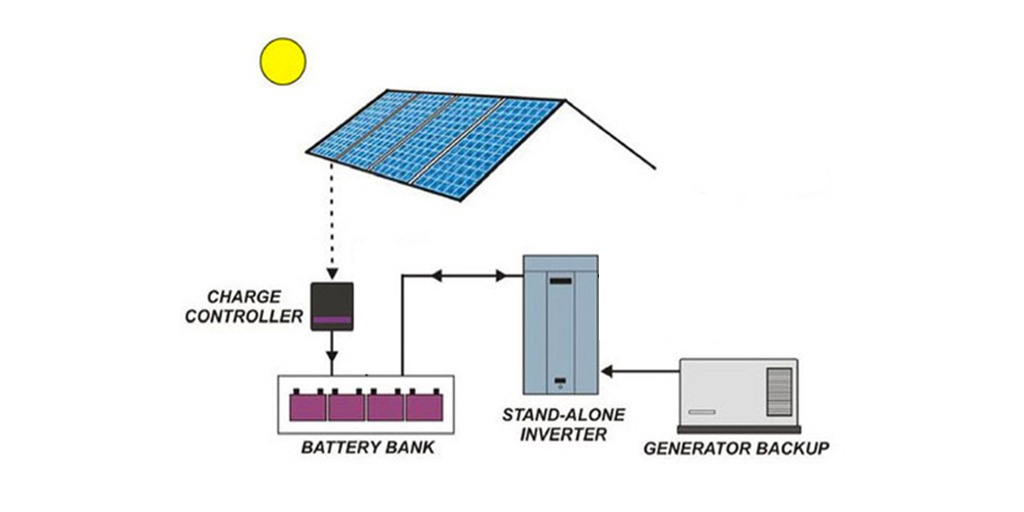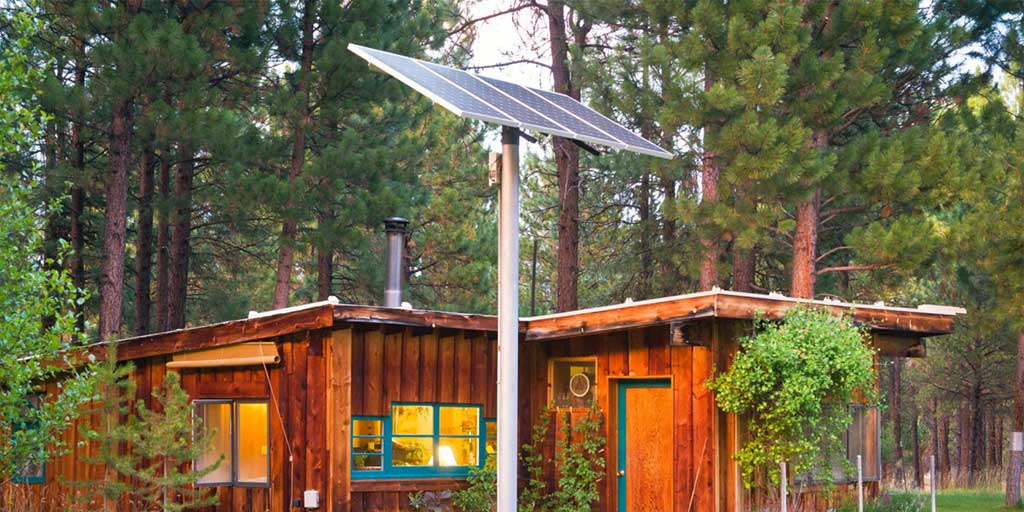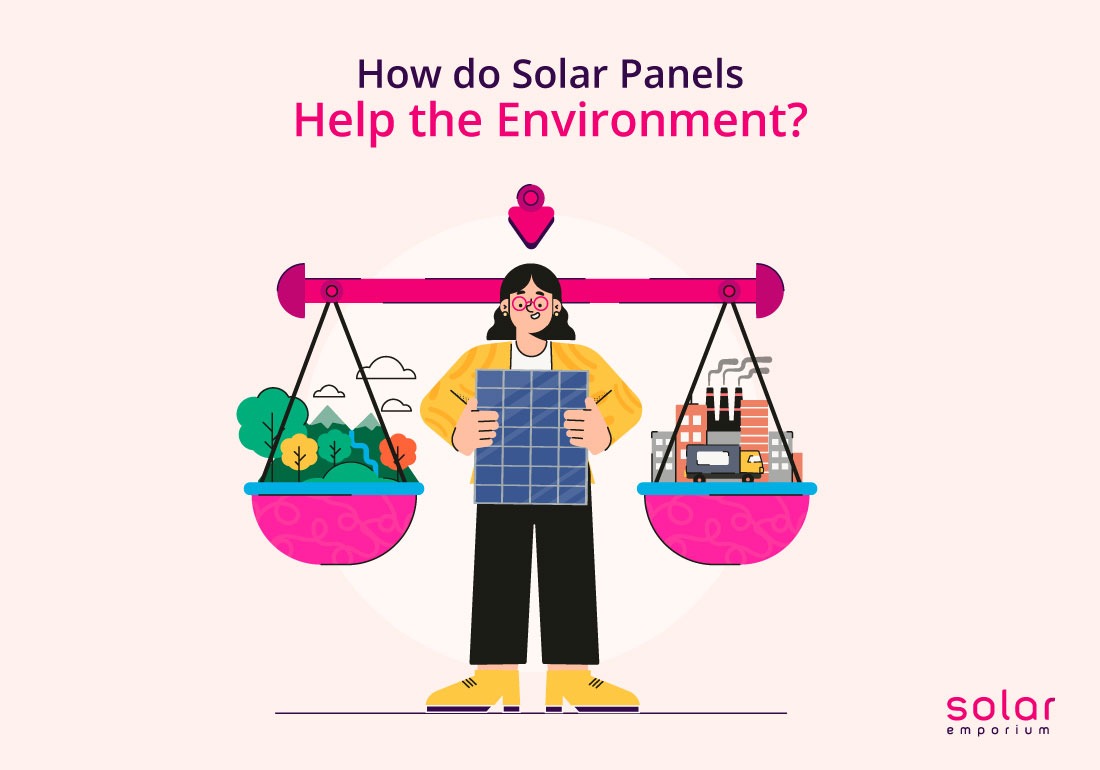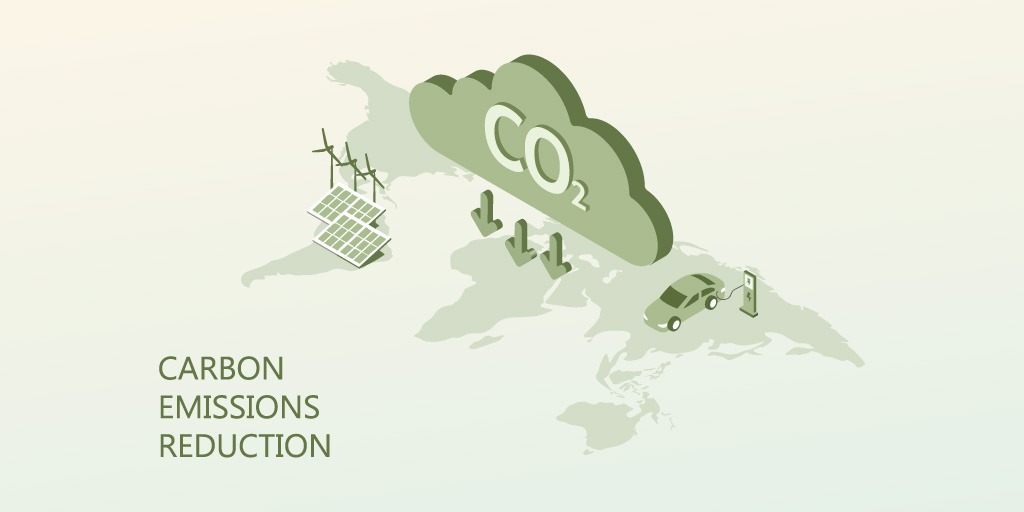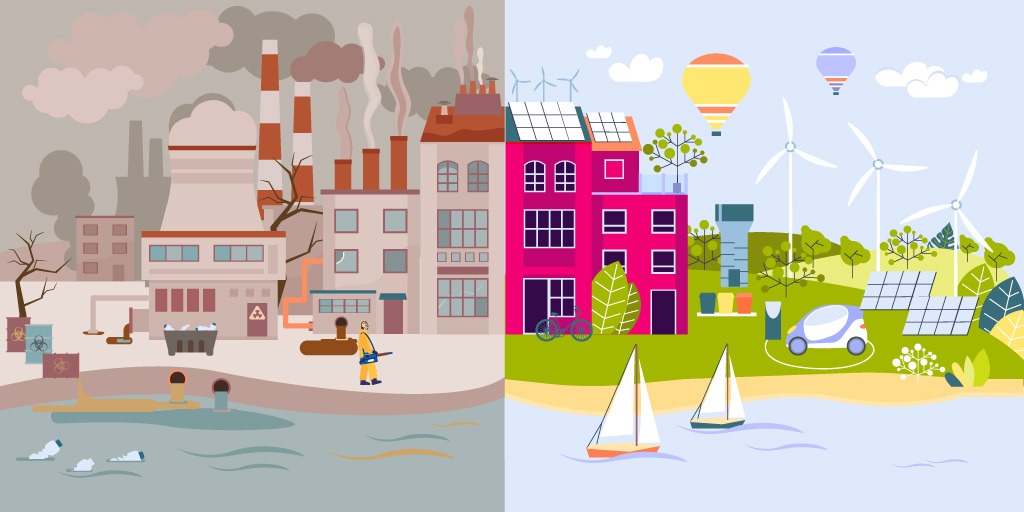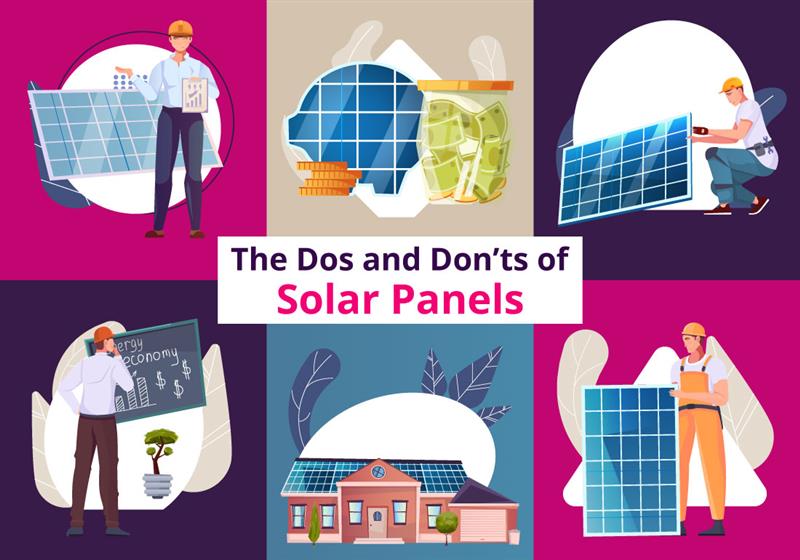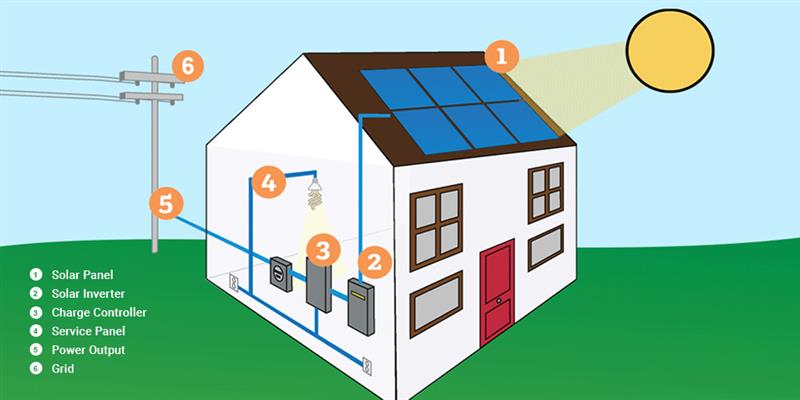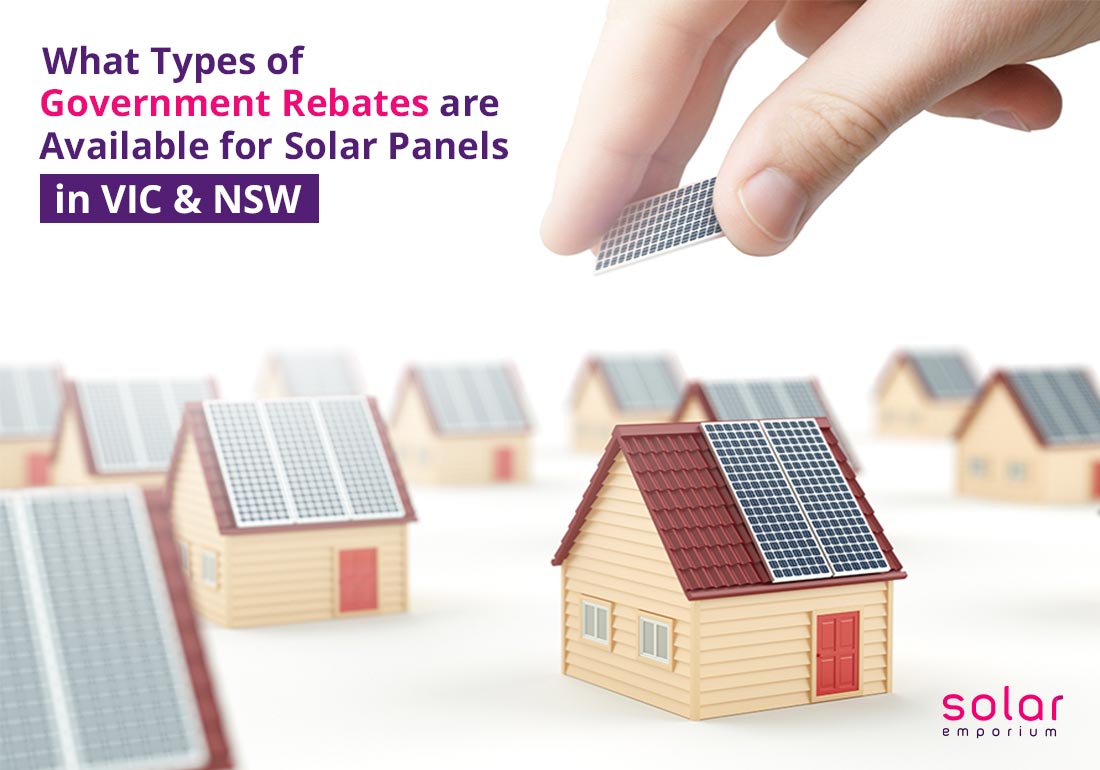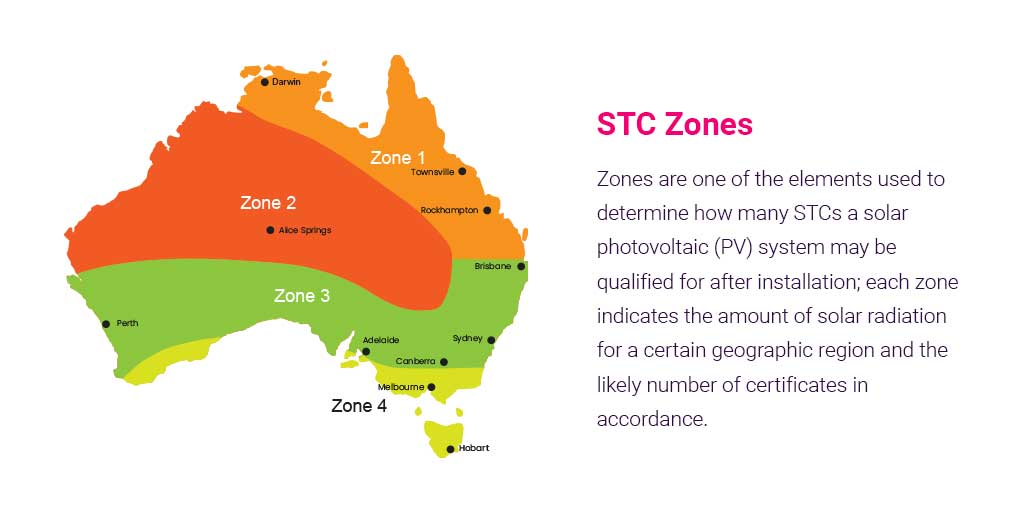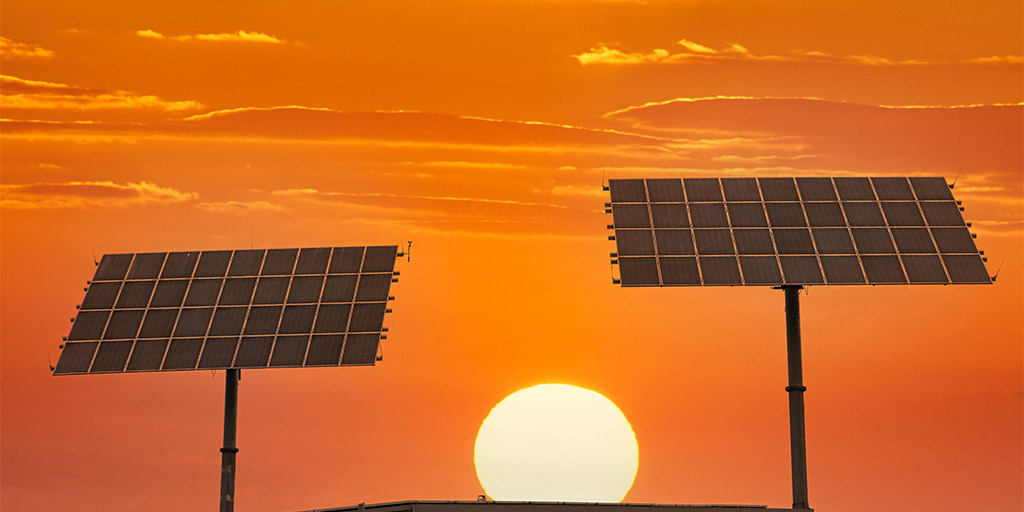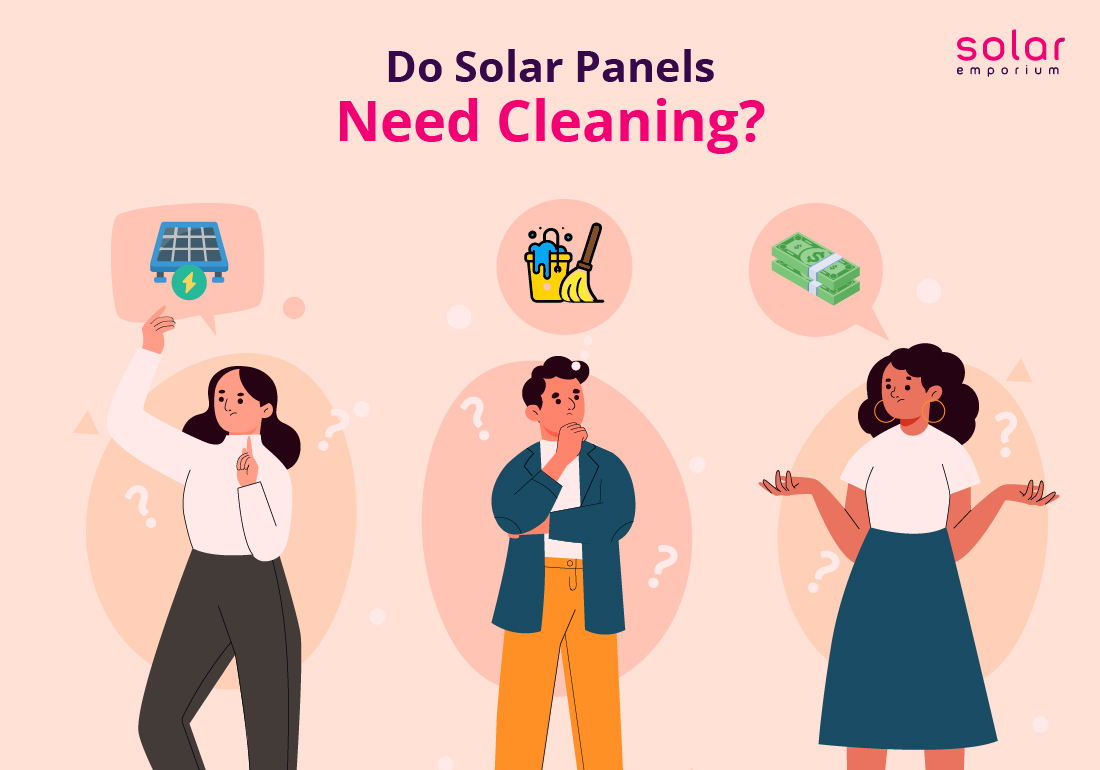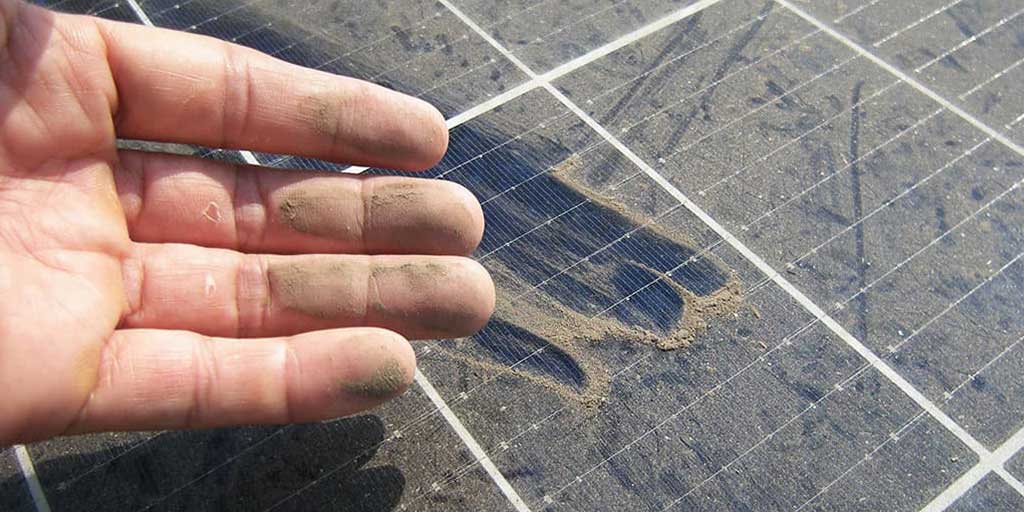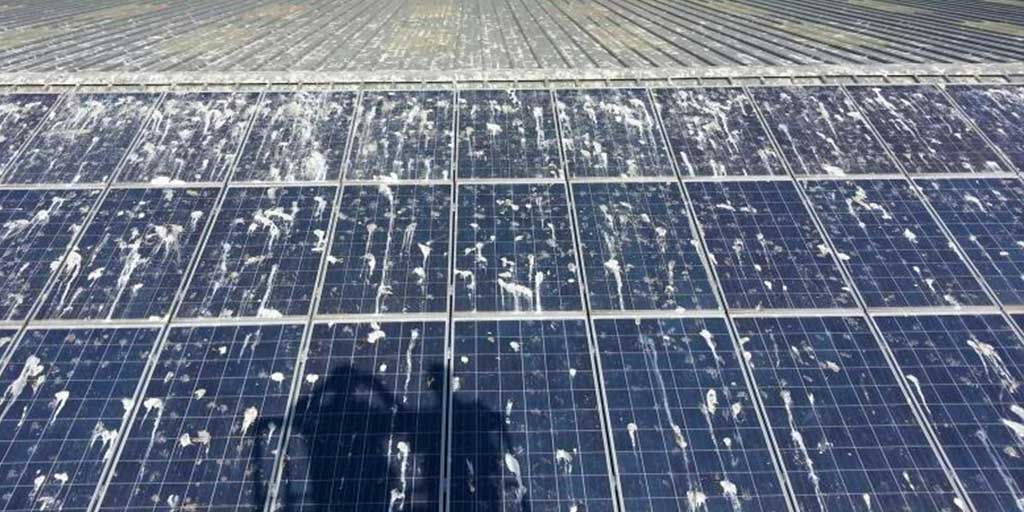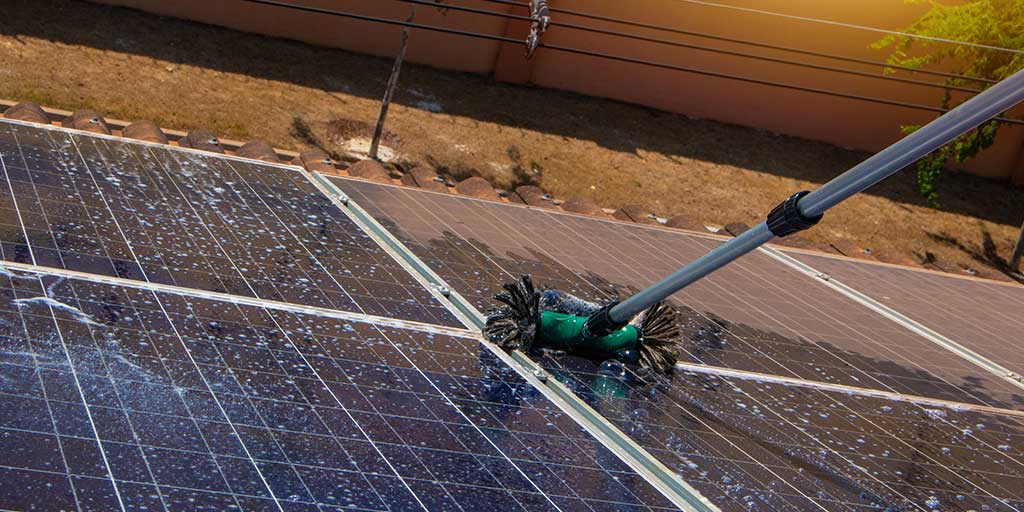Frequent power outages, unreliable grid connection, low feed-in-tariff, and high electric bills, can you relate to these frustrating issues? If yes, then without a doubt, a solar battery storage system is the solution to your problems. Besides, if you have an outstanding solar panel system yielding a ton of energy, the surplus of which you are exporting to the grid in exchange for a low FiT, you can surely go for a solar battery.
In short, to answer your question, should I get a solar battery storage system the answer is yes, for the most part. However, in certain circumstances, it’s also not necessary to go for a battery; all of those, along with the pros and cons of solar batteries, are discussed below.
What Am I Missing Out on Without Solar Batteries?
To tell you the truth, you are missing out on the best bit of having solar panels. Renewable sources of energy like solar, hydro, and wind makes us feel empowered with their ability to exterminate our carbon footprint, not to mention the low electricity bill. Along with those good things, we also have the opportunity to sustain on our own, at least for power which is a massive deal. But without batteries, it’s next to impossible to become energy independent.
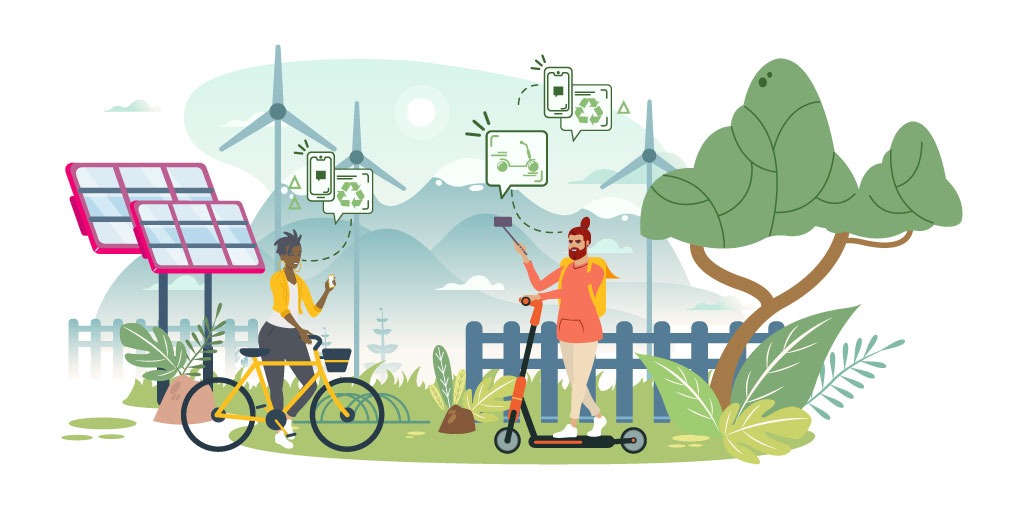
Without a Battery storage system, you are missing out on-
Free Power Backup on Demand
Solar batteries store the excess amount of energy generated by your solar panels to be used at a later time. But in case of irregular cases like your solar panels struggling to generate enough energy, you can use the battery at will. Also, when you conserve excess solar energy, you can use it at night when the electricity prices are higher because of high demand.
Being Self Dependent
You have gone through the trouble of installing solar panels on your rooftop. The goal is to generate as much energy as possible through this source to not stay dependent on the grid. When your panels are able to satisfy your needs and do more, it gives you the perfect opportunity to ditch the grid for good. Making you self-sustained and worry-free.
What Size Battery Do I Need?
I believe you recognize by now how solar batteries can be amazing at serving us with more power independency. So, that brings us to the question of how big of a battery would suffice your needs. The answer to this question solely depends on you and your family’s needs. There is no one-size battery that will make financial or functional sense for everyone.
Nevertheless, if you have an average family of four with no exceptional power demands, you may get by with a 10kWh to 12kWh battery bank as a ready-to-roll backup system. I repeat, this is just an estimation with no knowledge of your power needs; selecting a battery is highly subjective to the household in question.
With that being said, you can get a good idea of how much power you use on average by analyzing your electric bill copy. Also, keeping track of what appliances you use the most and what requires the most power will help you. I would suggest leaving that to the professionals as the chances of getting the wrong numbers are high with a do-it-yourself approach, and solar batteries are just too expensive to make an error.
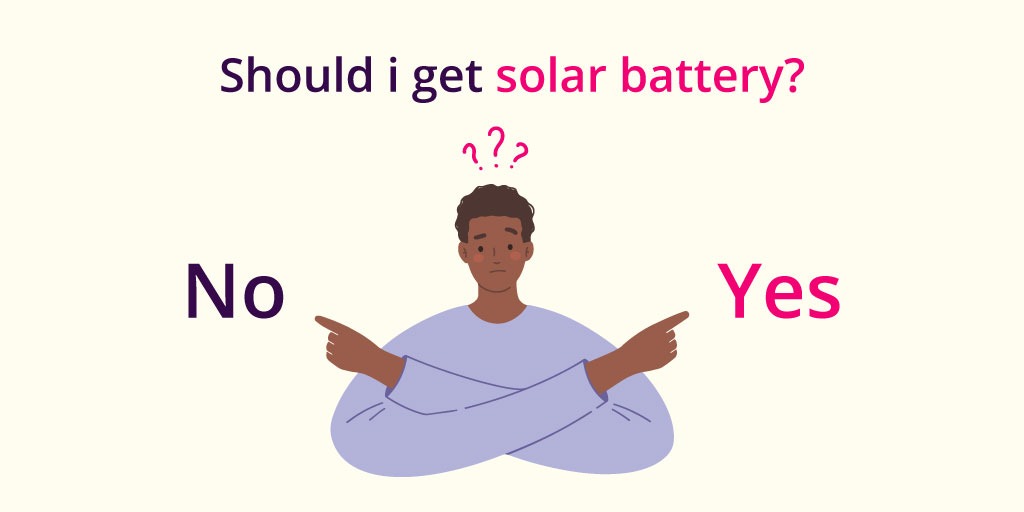
How Much Do Solar Batteries Cost?
Previously, you would have to pay between $3000 and $3600 for the battery alone, plus the cost of installation, for every kWh of solar battery storage. Currently, you may anticipate paying between $1200 and $1400 for each kWh of solar battery storage. That is a price reduction of approximately 52%, and things will only get better from here.
Does that imply solar batteries are cheap now? Not really, but the cost is well justified by the pros of having a battery storage system.
Also, while paying for solar batteries, you have to counter in many other factors like the type of battery, your solar panel system configurations and compatibility, brand, and installation partner. These will influence the price range for the most part. Learn more about the cost of solar batteries here.
The Pros and Cons of Solar Battery at a Glance
I won’t blame you if you feel a little overwhelmed about making a decision because I understand it’s a tough one. So, here is a list of pros and cons of having a solar battery to help you in the decision-making process-
Pros
- Solar batteries help you become self-sustaining
- You don’t have to care about power outages anymore
- In the event of any natural disaster, you will still have a power source
- Battery prices are dropping significantly as we speak
- During peak hours, grid electricity prices increase due to high demand; you can avoid paying a high price and use your battery. It’s essentially free energy as solar generates energy from the sun.
- Reduced carbon footprint as the battery stores energy from a renewable source.
Cons
- Batteries can be expensive, and that is the only weakness I can point out. Nonetheless, any investment comes at a price, and it depends on you whether or not that investment makes sense for you.
In conclusion, if you should get a solar battery storage system depends on your energy usage pattern, your living condition, your area etc. But as a general query, getting solar batteries to tie with your solar panel system is the best approach in your energy independence journey.
